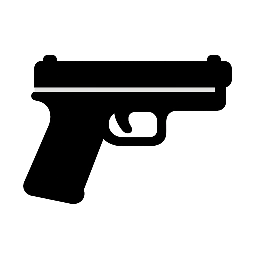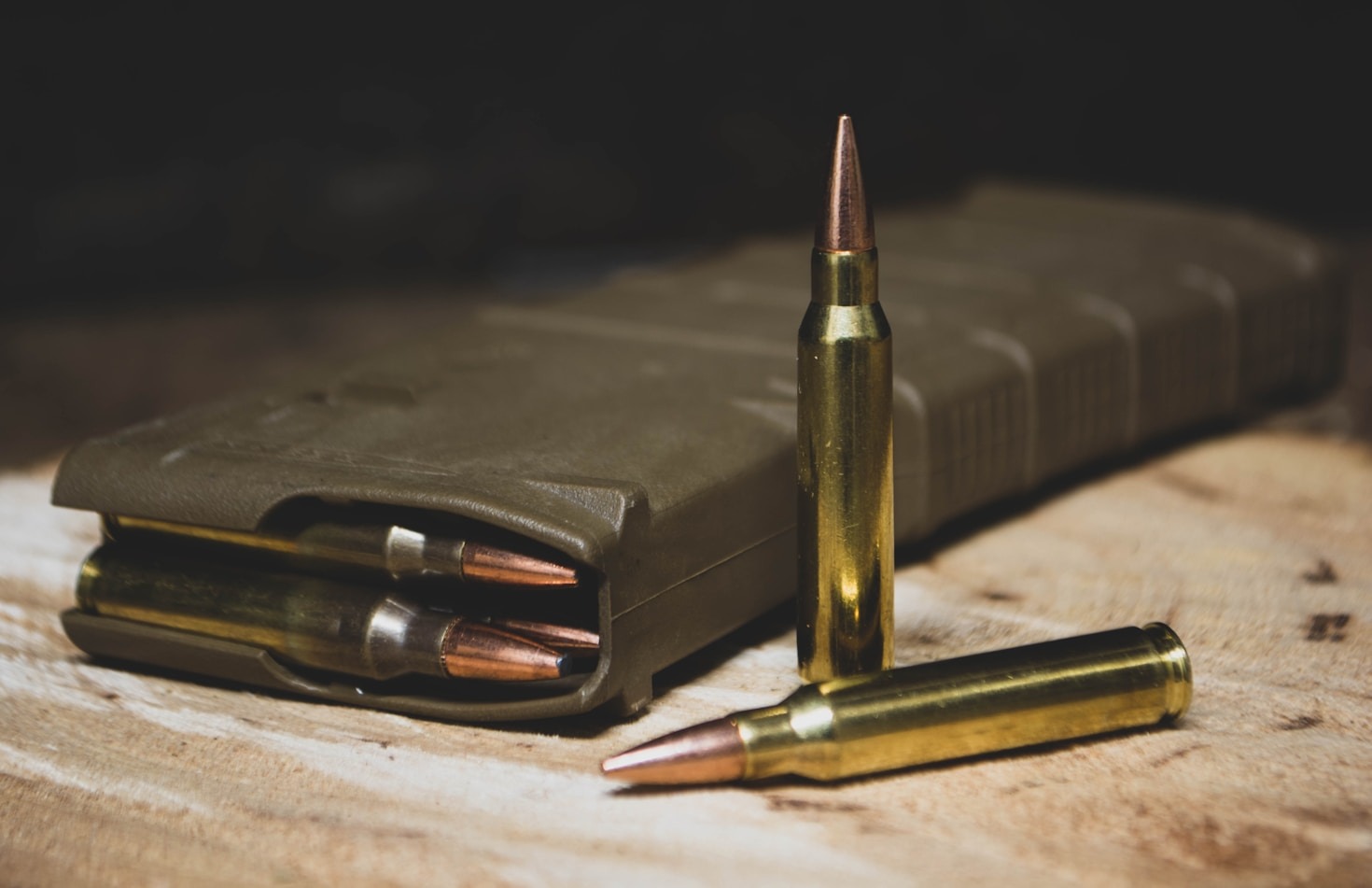You may have heard that certain ammunition like hollow points are banned by the Geneva Conventions.
This myth is pervasive within the gun community and often repeated in gun stores. It is one of my favorites to bust because it is quite straightforward. The Geneva Conventions simply don’t address ammunition at all. While this claim that hollow point bullets are banned by the Conventions is widespread, it is incorrect.
What are the Geneva Conventions?
They are a series of international agreements that layout basic rights for prisoners of war, and establish protections for the sick, wounded, and non-combatants, or anyone defined as a “protected person” during times of armed conflict.
Yep, that is all they do. They do not regulate arms or weapons in any way. It is likely folks are confusing the Geneva Conventions with the Hague Conventions, which do address certain weapons and certain ammunition.
What are the Hague Conventions?
The Hague Conventions were a series of treaties attempting to establish the laws of war in the The Hague in the Netherlands. These treaties cover various topics including treatment of prisoners, lootings, collective punishments, compulsory service, use of certain gas weapons, and certain ammunition.
The Hague Conventions preceded the Geneva Conventions and the controls on certain ammunition was inspired by the ammunition controls set forth in the Saint Petersburg Declaration of 1868.
So the Hague Conventions banned hollow points?
Not exactly.
The 1899 Hague Declaration III states:
“The Contracting Parties agree to abstain from the use of bullets which expand or flatten easily in the human body, such as bullets with a hard envelope which does not entirely cover the core, or is pierced with incisions… The present Declaration is only binding for the Contracting Powers in the case of a war between the two or more of them … The present Declaration is only binding from the time when, in a war between the Contracting Parties, one of the belligerents is joined by a non-Contracting Power.”
Importantly, this section was not ratified by the United States. Moreover, the Declaration does not explicitly prohibit military use of the cartridge but only use between two signatories when they are at war with each other, and if a non-signatory is a party to the fight, the agreement is not in play.
So what is the position of the United States on the declaration?
The US Dept of the Army has conducted multiple legal reviews and concluded that the United States will adhere to Hague Declaration III insofar as it aligns with Article 23(e) of the Hague Regulations, which prohibit weapons causing unnecessary suffering. The legal reviews have all concluded that hollow point bullet do not necessarily cause unnecessary suffering and that there use is justified by military necessity.
One notable example of this is a 1990 Dept of the Army memorandum of law on snipers and open-tip ammunition (OTM). The memorandum stated that the sniper OTM’s were not unlawful as they do not expand nor flatten easily, and the particular circumstances of their intended use is justified because of their superior accuracy.
But the US military doesn’t actually use hollow point ammunition?
They do!
For 5.56mm SOCOM picked up the MK262 which features a 77gr OTM bullet. The Mod 0 utilized Sierra Matchkings (SMK) and the Mod 1 utilizes both Sierra and Nosler bullets.
For 308Win or 7.62x51mm, the military has several at their disposal.
- The M118LR utilizes a 175gr SMK bullet.
- The M852 utilizes a 168gr bullet.
- The MK316 MOD 0 utilizes a 175gr SMK.
For 300 Winchester Magnum we have the MK248 MOD 0 and MOD 1 utilizing the 220gr and 190 SMK.


Leave a Reply